How to Brew the Perfect Cup of Tea
Apr 16, 2015, Updated Apr 20, 2025
This post may contain affiliate links. Please see our disclosure policy.
Are you wondering how to brew an ideal cup of tea? Which tea is healthiest? What are the typical temperatures for brewing tea? We’re answering all of your tea-brewing questions!
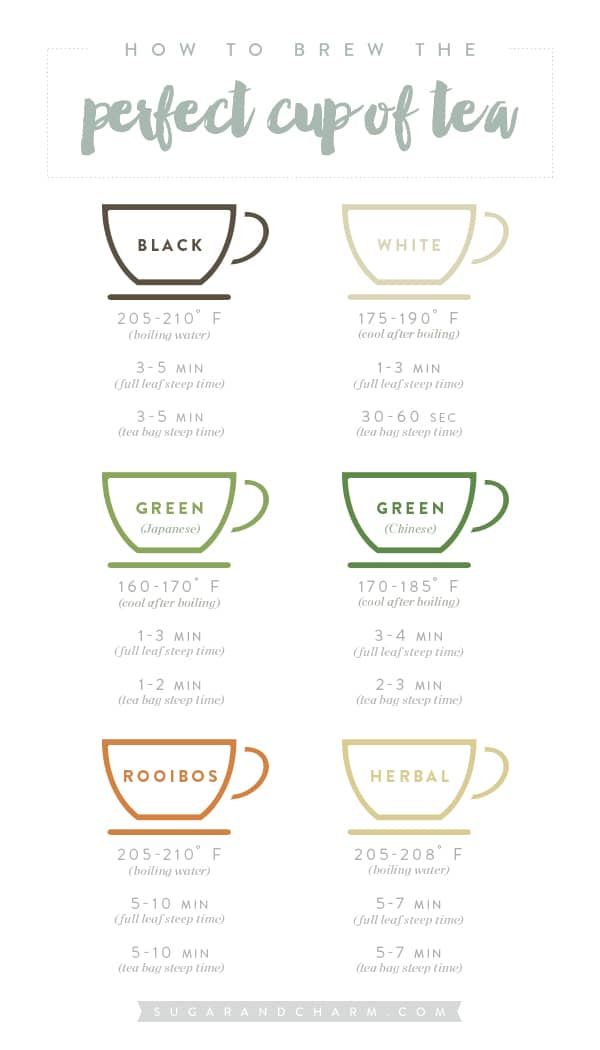
Pin this now to find it later
Pin ItJust like making coffee, there is an art to brewing the perfect cup of tea. Each variety requires a different time at which you leave the tea steeping in hot water.
We created a How to Brew the Perfect Cup of Tea chart for each tea group as a guide to steeping your tea!
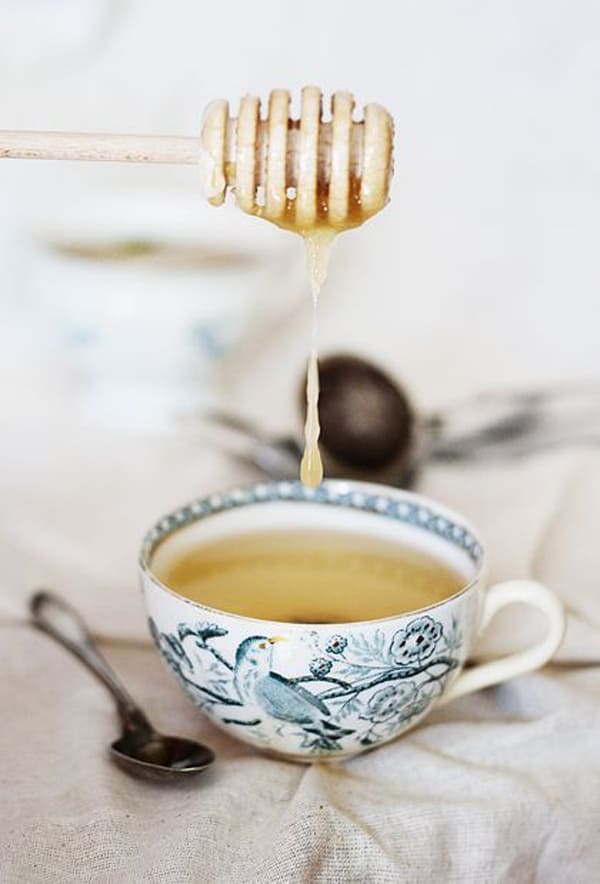
All of these tips will make you a tea brewing expert. Use your skills to host a beautiful tea party or even a mother’s day tea party!
Tea is the most widely consumed beverage in the world after water. Almost 80 percent of U.S. households have tea! Over 159 million Americans drink tea every single day.
If you’ve come here to brew the perfect cup of tea, these statistics probably don’t surprise you. We love tea for several reasons—it can be consumed day or night, hot or iced, and there is a multitude of flavors for every palate.
That’s why the annual consumption of tea is about 3.8 billion gallons!
Having your own tea garden is another option if you’re a tea lover
How Do You Properly Brew Tea?
To brew tea, you need proper equipment, filtered water, and your choice of tea. You can brew tea right in your teacup or else use items like a French press or teapot.
Each tea should be brewed for different amounts of time. We cover the appropriate times in the next section.
Similarly, the best way to brew tea varies with the tea type. For example, some require boiling water, while others do not.
But what does it mean to brew tea?
The act of ‘brewing’ tea means making tea. Steeping is the process involved in brewing tea. Therefore, steeping and brewing go hand-in-hand.
Use a leaf-containing device to keep loose leaves from getting mixed in with the liquid. Pour the hot water over the loose tea leaves in their filter or basket, and then let them sit for the appropriate time before removing them.
This method releases their flavor without burning.
If you’re brewing with a teabag, you don’t need to worry about having a leaf container.
For teas that require boiling water, it’s best to bring the water to a boil and immediately start pouring it over the tea. You can also put the tea bag right in the water.
However, make sure not to over-boil the water—start brewing right at the boiling point (unless otherwise suggested).
After you’ve used your water, dispose of the tea bag or leaves. It’s best not to squeeze any additional tea out of the bag, as these leftover flavors will be more potent with tannins, producing possibly undesired characteristics.
Once done brewing, you can drink the tea as-is. Or some tea drinkers add things to their tea, such as lemon, syrup, vanilla, cream, honey, and the like. What you do with your tea next is up to you!
Tea Brewing Temperatures
The temperature has a significant effect on the brewing of the perfect cup of tea. It requires precision down to the degrees. Why is this?
Tea leaves are full of ingredients like amino acids, flavor compounds, tannins, caffeine, and the like. However, even taste or smell these ingredients, they must be introduced to the right temperature for the right amount of time.
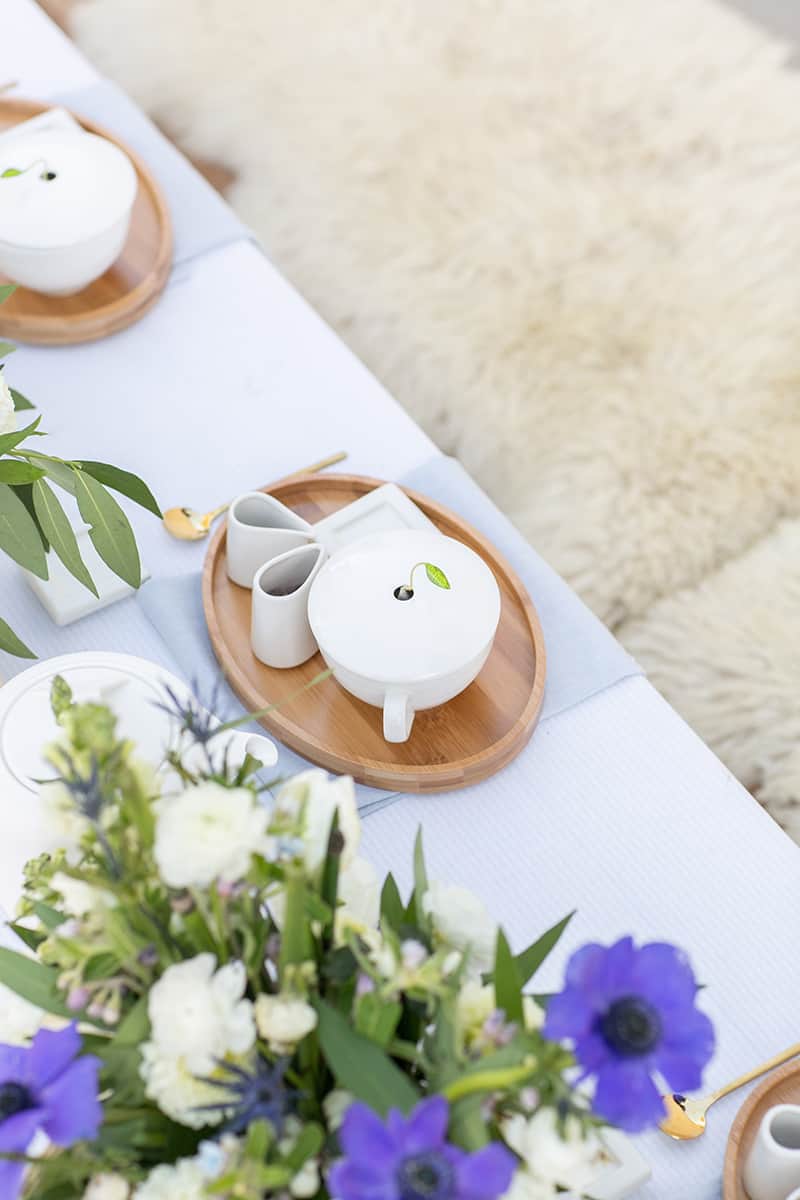
Too much heat can dissolve tannins, altering aroma and flavor. Furthermore, too little heat results in a tasteless beverage because those compounds are inhibited.
The precise temperature varies from tea to tea. For example, green tea should never be made with boiling water—since the leaves aren’t oxidized, boiling them could scorch the leaves, resulting in off-flavors.
Black tea, though, can be made with boiled water—its leaves are fully oxidized.
With that in mind, consider these ideal temperatures for tea.
Black Tea
Black tea requires boiling water, that’s about 205-210°.
For either full leaves or tea bags, steep them for 3-5 minutes.
White Tea
White tea should be brewed with boiling water that’s at about 175-190°.
For full leaves, give it about 1-3 minutes of steeping time. For tea bags, shorten it to about 30-60 seconds.
Green Tea (Japanese and Chinese)
For Chinese green tea, steep your tea in 85° water for about 3-4 minutes.
For Japanese green tea, steep it for about 1-2 minutes in 70° water.
These temperatures will draw out the ideal flavors of green tea.
Rooibos Tea
Rooibos tea should be made with boiling water that’s about 205-210°.
For either full leaves or tea bags, steep tea for 5-10 minutes.
Herbal Tea
Herbal tea requires a boiling water temperature of 205-208°.
For full leaves or tea bags, steep for 5-7 minutes.
You can use tea garden herbs in recipes in a few different ways.
The Healthiest Teas
One significant reason so many people love tea is because of their health benefits.
To break down tea origins, it helps to know that green, black, oolong, and white teas (though not herbal teas) all come from the leaves of the same plant—Camellia sinensis. Therefore, it’s the way that each tea is processed or harvested that determines which is healthiest.
White tea is the least processed tea of all, with the highest concentration of antioxidants. That makes white tea the healthiest tea of all!
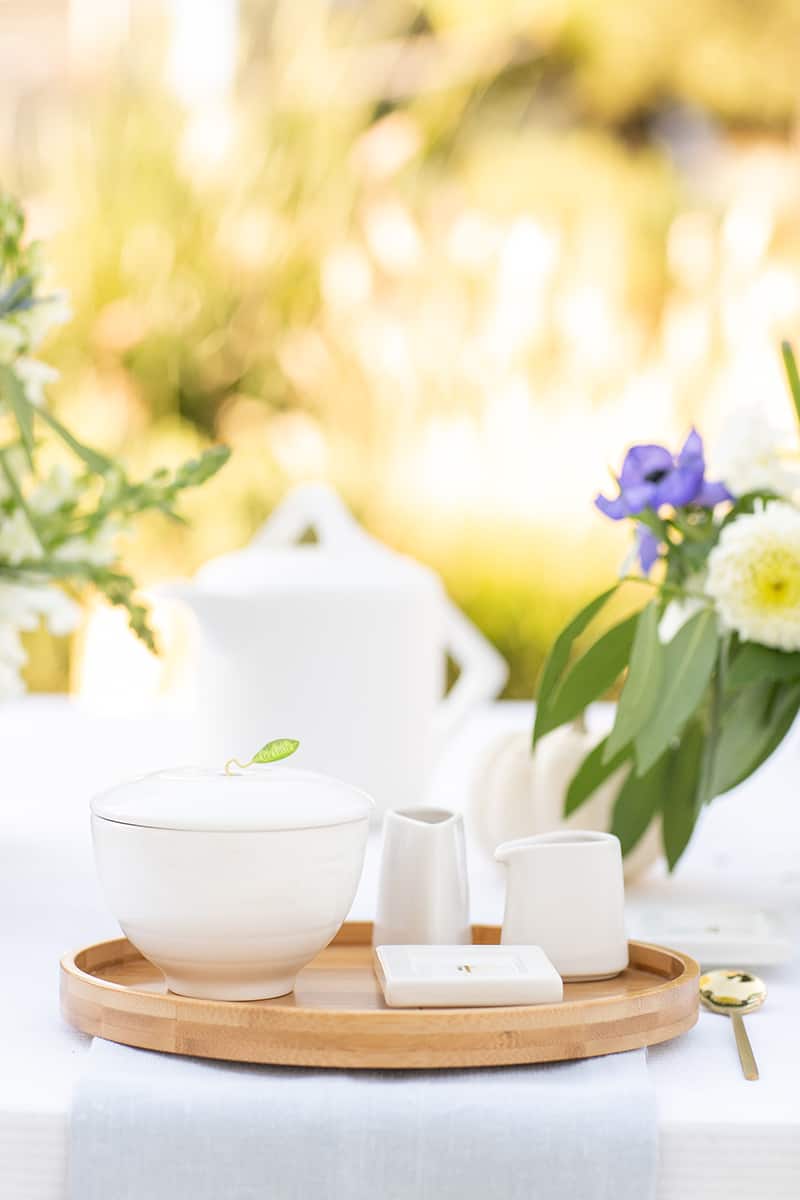
However, many other teas are healthy, too. Green tea and then black tea make the ‘healthy’ list in that order.
Teas are healthy for several reasons, such as:
- Without additives such as cream and the like, they contain zero calories
- They promote focus, hydration, improved mood, and concentration
- Three or more cups a day is good for cardiovascular health
- Black tea can support healthy blood pressure and blood vessel function
- In moderation, all teas are considered quite healthy.
Tips on How to Brew the Perfect Cup of Tea
- Use high-quality tea leaves. This is the most important factor in brewing a great cup of tea. Choose a tea that you enjoy drinking and experiment with different types to find your favorite.
- Bring fresh, cold water to a boil. The type of water you use can also affect the taste of your tea. If possible, use filtered or spring water.
- Use the correct amount of tea. A general rule of thumb is to use one teaspoon of tea per cup of water. This can be adjusted to your personal taste.
- Steep for the recommended time. Most teas should be steeped for 3-5 minutes, but some may require more or less time. Experiment to find the perfect brewing time for your tea.
- Enjoy! Add a bit of honey or milk if you like, but don’t overdo it. The goal is to enjoy the natural flavor of the tea.
Now You Know How to Prepare a Perfect Cup of Tea: It’s Tea Time!
Tea is a versatile beverage that can be consumed in several ways—that’s why it’s a globally-adored drink!
Now that you know how to prepare a cup of tea, go try it out! If it’s not a perfect cup the first time, keep playing around with temps and times until you have the best-tasting beverage.
Tea Recipes and Ideas You’ll Love!
The Perfect Beach Bellini Tea Cocktail
Peach Tea and Rum Cocktail
For more fun, tasty drink recipes, scroll through the drink section of our page. We talk about everything from fancy gin and tonics to creating the perfect simple syrup. Let us know how it goes!
You can also FOLLOW US on FACEBOOK, INSTAGRAM, and PINTEREST to see more delicious recipes, cocktails, desserts, and parties!


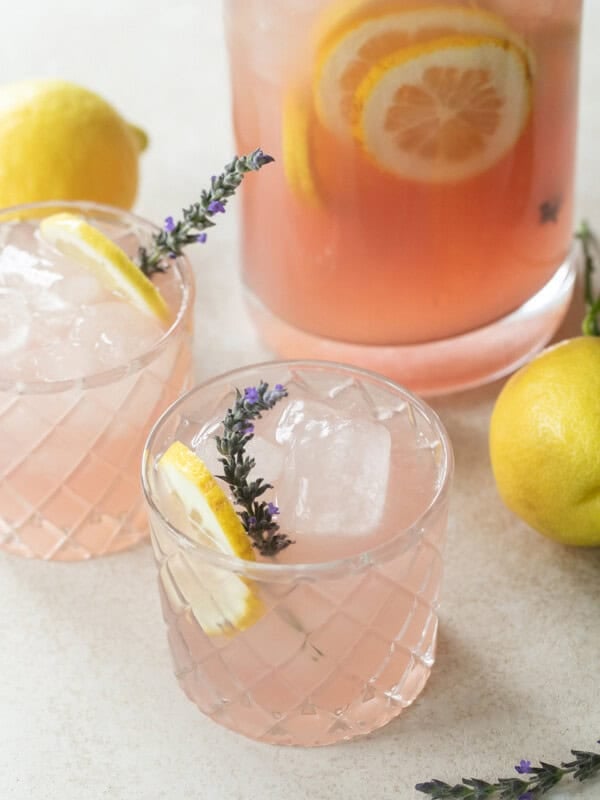
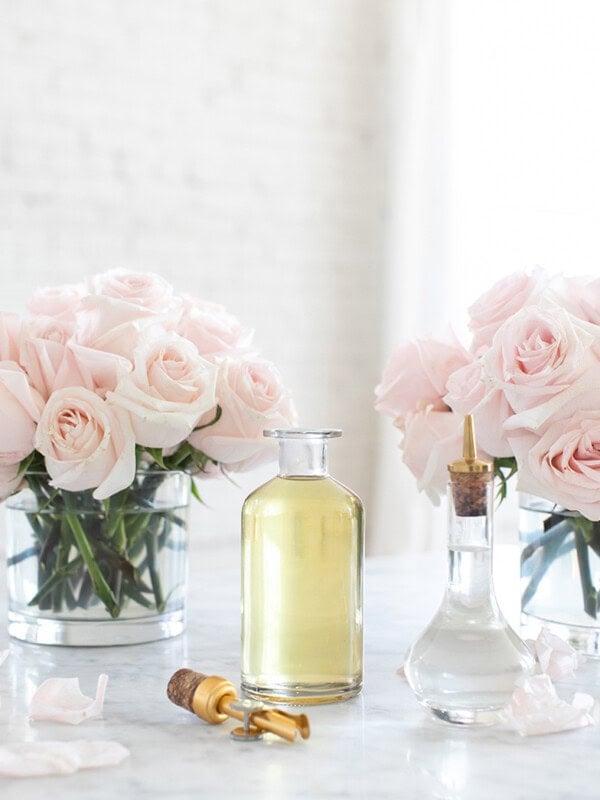
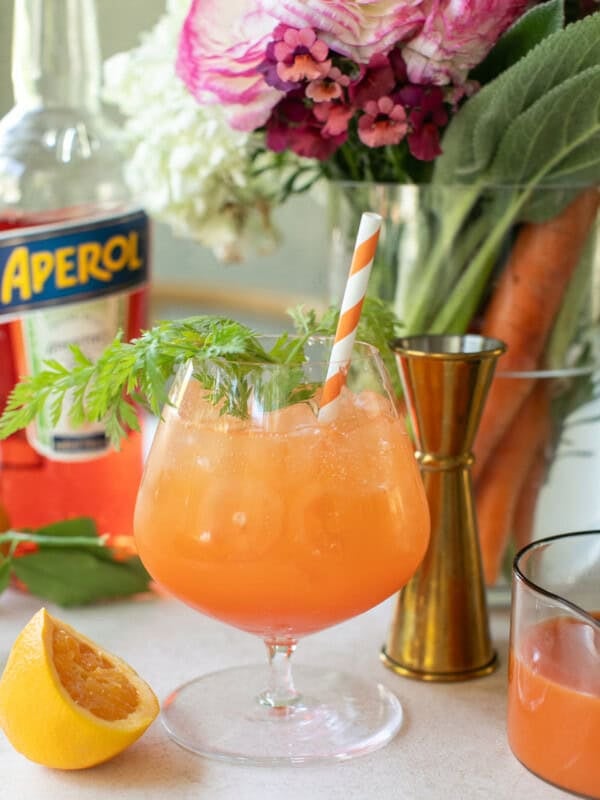













I love green tea lattes! I usually don’t add any sugar to my hot green tea, but a little honey tastes really good with a latte. I agree they’re too sweet when you order them at a caffe. I can only drink lattes when I make them myself.
This is so useful! Most of us often think making tea involves boiling water and steeping a bag, but definitely not the case. Thanks for sharing this lovely chart!
Thanks Diana!! It’s true, until you’ve had really bitter tea and then you realize there’s so much more to it!! 🙂